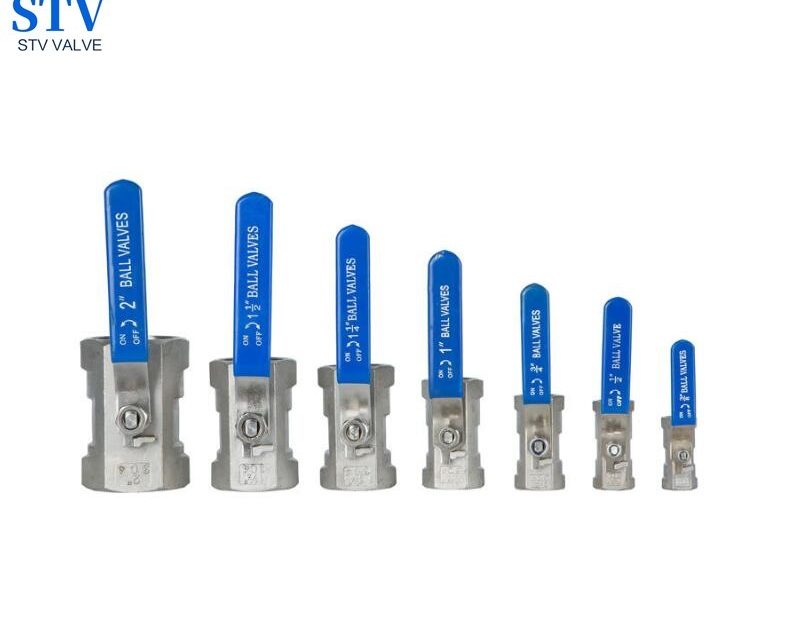What is the difference between standard port and full port ball valves?
What is the difference between standard port and full port ball valves?
A standard port and a full port ball valve primarily differ in the diameter or size of the bore (openings) through which the medium flow passes about the pipeline that serves as a valve.
Full Port Ball Valve
These are valves where the bore size is identical to the flow path. This means the flow pressure doesn’t change as it passes through the valve, and no flow resistance is observed. Full port ball valves are ideal for pipes carrying liquids and solids due to their unrestricted nature. However, they are more expensive and may require more space than standard port ball valves.
Standard Port Ball Valve
On the other hand, a standard port ball valve has a smaller diameter than the connecting pipeline, typically about 75%-90% of the original size. This leads to a reduction in flow pressure and increases the risk of cavitation. Although they cost less and take up less space than a full port ball valve, they may not be the best option for applications where maintaining consistent flow pressure is necessary.

In conclusion
Ball valves aid in regulating the liquid or gas flow through pipelines. Ball valves come in two varieties: full port and regular port. Ball valves with full ports allow liquid to pass through without slowing down. They work well in locations that require high flow rates with minimal pressure drop. They are simple to maintain and clean. They are frequently employed in the pipeline, water treatment, and chemical processing sectors. They are a tad larger than ball valves with conventional ports. However, standard port valves have a smaller opening, which lowers the flow rate. They might be less expensive and smaller than full port ball valves, but they might not be ideal for ensuring constant flow.



